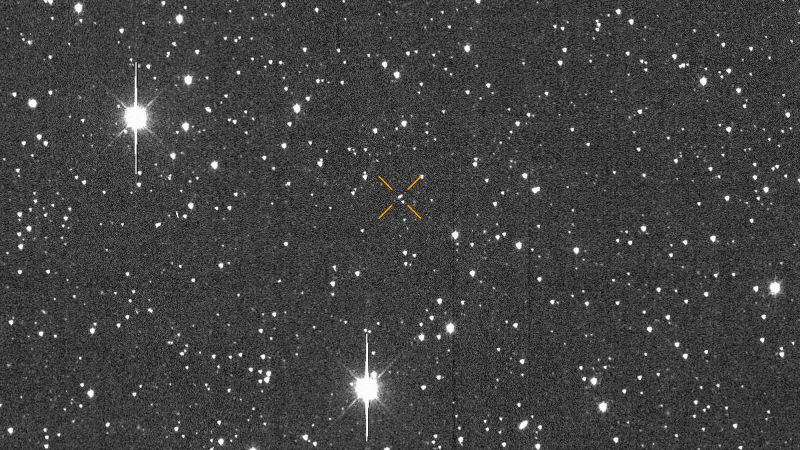Asteroid 2024 YR4, which had previously been categorized as one of the riskiest space rocks on record, has seen a dramatic reduction in its risk assessment. This significant update comes from NASA and the European Space Agency (ESA), indicating that the asteroid now has an almost negligible chance of impacting Earth in December 2032. Initially reported as the latest threatening prospect to our planet, the risk has lowered to approximately 0.0017%, according to NASA, while the ESA similarly assesses it at about 0.002%. With these figures, the chances of a collision are now calculated to be about 1 in 59,000, reflecting a remarkable 99.9983% certainty that the asteroid will safely pass by Earth.
Originally, when asteroid 2024 YR4 was discovered on December 27, 2024, it exhibited a slight probability of potential impact. However, as continuous observations were submitted to the Minor Planet Center, researchers at NASA’s Jet Propulsion Laboratory were able to refine predictions about its trajectory further. They concluded that there is no significant risk of this asteroid impacting Earth over the next century. The latest observations have effectively mapped the asteroid’s path for December 22, 2032, repositioning it to a safe range away from our planet.
The Torino Impact Hazard Scale, a system for categorizing potential asteroid collisions with Earth, has also indicated a complete mitigation of this risk, with asteroid 2024 YR4 receiving a score of 0 out of 10. This score signifies that the likelihood of a collision is effectively nonexistent, extending even to small objects that burn up upon entering Earth’s atmosphere.
Asteroid 2024 YR4 is estimated to measure between 131 and 295 feet in width, comparable to a sizable building, and could potentially cause localized destruction if it were to collide with Earth. Thanks to the persistent work of global astronomers, who have conducted extensive observations utilizing a variety of telescopes, the asteroid’s risk assessment was recalibrated surprisingly quickly. Notably, Richard Binzel, the creator of the Torino Scale, noted the dedication of these astronomers who have contributed essential data through their follow-up studies.
In a significant development from the previous week, asteroid 2024 YR4 had reached a peak risk level, drawing comparisons to the infamous asteroid Apophis, which had garnered considerable attention in 2004. At its highest threat evaluation, 2024 YR4 saw a risk assessment of about 3.1% from NASA and 2.8% from the ESA, positioning it momentarily as one of the most pertinent space rocks monitored in recent decades. There were considerable fluctuations between the two agencies’ risk assessments, attributed to the different methodologies used to track and predict asteroid pathways.
Like Apophis, which was once regarded as a serious threat, astronomers expect that as further observational data is collected, the perceived risk for 2024 YR4 will continue to decrease. The process involves recalibrating their models and refining the asteroid’s orbit, a challenging but crucial endeavor in planetary defense.
The intense observation efforts of astronomers, equipped with advanced telescopes scattered across various global locations like the Canada-France-Hawaii Telescope and the Subaru Telescope, have proven instrumental. These telescopes have managed to capture essential data that delineates the asteroid’s trajectory and size, greatly aiding in minimizing uncertainties in its projected path.
Furthermore, as 2024 YR4’s trajectory continues to move it away from Earth, astronomers are keenly focused on observing it. The James Webb Space Telescope is set to observe the asteroid early next month, a pivotal step in gathering precise details about its size and trajectory to ensure Earth’s continued safety against potential asteroid impacts.












